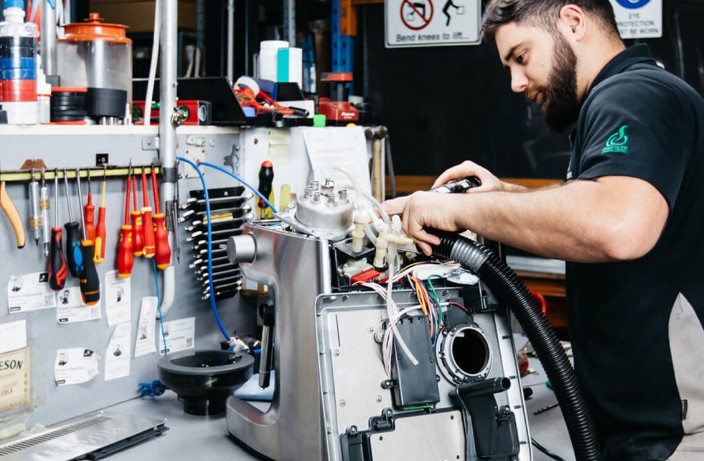Introduction
Not every site needs heavy machinery. In sensitive patches, manual clearing keeps soil structure intact, preserves roots, and protects habitat. For many Florida projects, the extra labor upfront saves mitigation costs and preserves community goodwill. This article explains practical manual clearing techniques and where they make sense.
When manual clearing is the right choice
Manual clearing is best where ecological or regulatory sensitivity is high: near mangrove edges, within wetland buffers, or under mature canopies. If a permit requires minimal disturbance, manual work often satisfies inspectors more quickly than mechanical removal.
Use manual methods when the goal is to limit soil disturbance and protect preserved features.
Basic manual techniques
Hand-felling: Chainsaws and hand saws let crews cut trees and limbs precisely around retained trees. This keeps the canopy and reduces collateral root damage.
Limb-and-chip workflow: Crews cut limbs and immediately feed them into portable chippers. That reduces hauling and creates mulch for stabilization.
Stump grinding: Instead of pulling stumps, grind them. Grinding minimizes soil upheaval and leaves material that can be reused as mulch.
Hand root pruning: Where roots are near grade, careful root pruning by hand or small excavator reduces tearing and limits long-term decline of retained trees.
Protect soils and root zones
Compaction is a silent killer of retained trees. Manual clearing reduces compaction because crews move lighter loads and avoid heavy tracks. Use temporary ground protection (mats or plywood) for required access across sensitive zones.
Keep storage and staging off sensitive soils to prevent long-term damage.
Erosion controls for manual work
Manual clearing still exposes soil. Install silt fencing, coir logs, or wattles downslope before clearing. Use mulch spread from chips to stabilize small bare patches immediately.
The goal is to limit the exposed footprint at any time.
Crew coordination and safety
Manual work is labor intensive and requires training: chainsaw safety, chipper operation, stump grinder protocols, and hand excavation standards. Supervise crews closely and schedule regular safety briefings.
Efficient crews work in small teams: one cutting, one chipping, one handling debris and marking limits.
When to combine manual and mechanical
Often the best approach is hybrid. Use manual methods in buffers and around preserved trees. Use mechanical equipment on upland open areas where soil compaction and disturbance have less impact. Phase work so machines never need to cross manual-cleared zones.
Contract language and expectations
Put manual clearing expectations in the contract. Specify who supplies chippers, grinders, and hand crews, and list performance standards for root protection and debris handling. Make stop-work authority clear if protected resources are found.
Contract clarity prevents disagreements in the field.
Cost trade-offs
Manual clearing is more expensive per hour, but it can reduce mitigation and replanting costs. When you compare whole-project costs, manual methods often pay for themselves by avoiding fines, replacement plantings, and extended inspections.
Community and regulator benefits
Regulators and local stakeholders often prefer manual methods in sensitive locations. The reduced footprint and visible care for habitat lead to faster approvals and fewer complaints.
Conclusion
Use manual clearing strategically for land clearing fort myers and other sensitive sites. It protects roots, reduces compaction, and usually avoids costly mitigation. Combine manual and mechanical tactics where appropriate, train crews, and document protection measures. Manual work is not sentimental; it is prudent project management.









